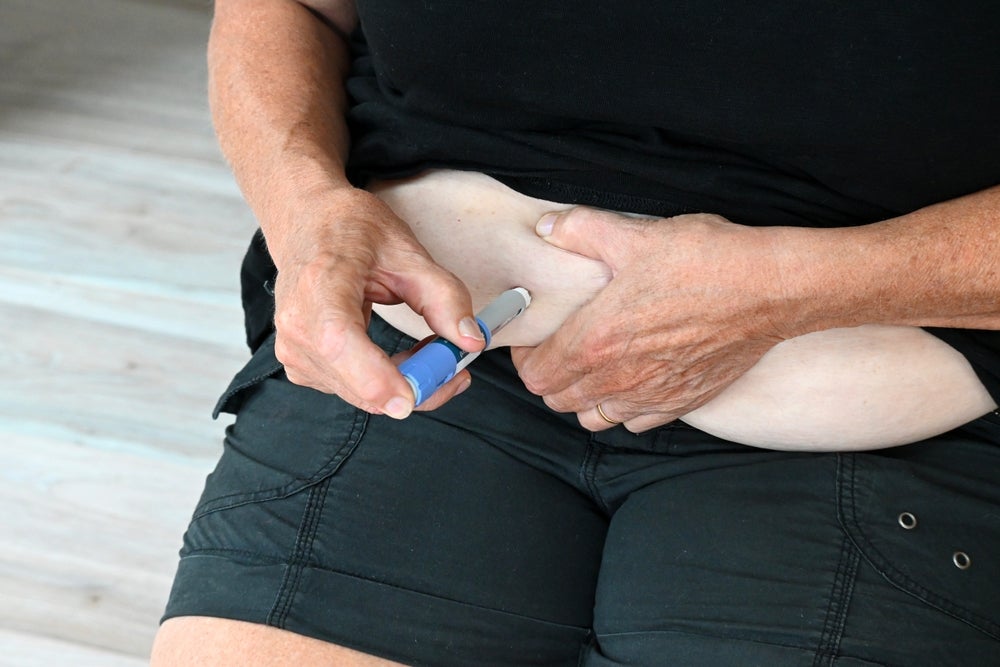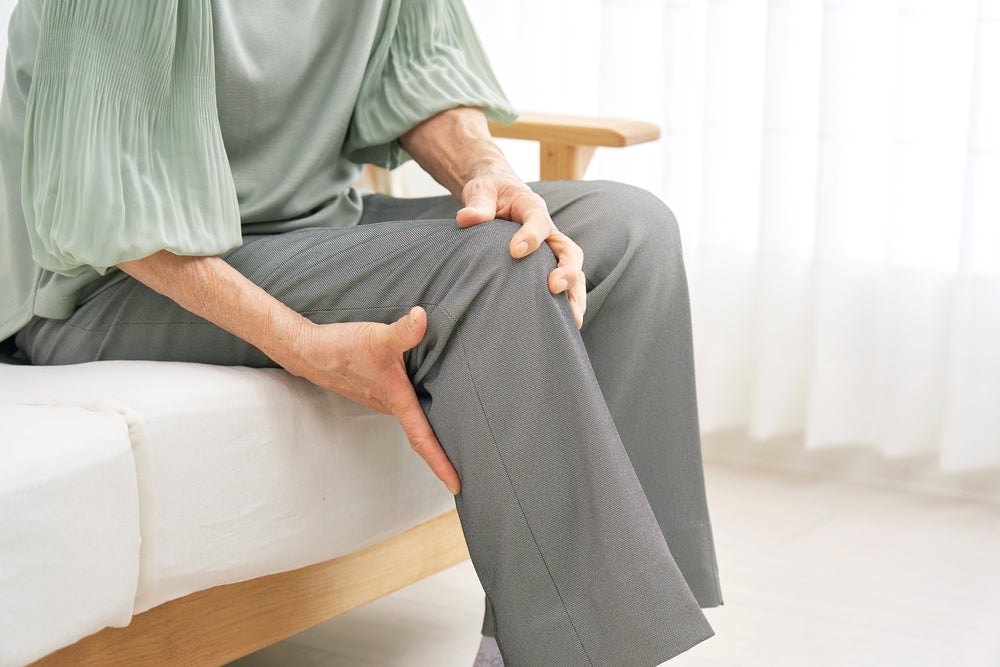When planning a clinical trial, sometimes the non-investigative medicinal product (non-IMP) supplies are given secondary thought to matters that could delay study startup, such as budgeting, pricing and procurement. As clinical supply managers we can play a very important part in supporting on-time study startup and the continuity of supply maintenance.
For this article, “non-IMP” supplies are any supplies needed for a clinical trial that are not the sponsor’s drug. With that said, “non-IMP” supplies fall under the following categories:
- Comparators and Rescue Medications
- Equipment (e.g. infusion pumps, centrifuges, refrigerators)
- Ancillary Supplies (e.g. IV lines, pre-filled/empty IV bags, IV bag covers, nebulizers)
1. Comparators and Rescue Medications
Sourcing and procuring comparator and rescue medications can raise a multitude of concerns. For one, the cost of using either medication can put a clinical trial way over budget, potentially forcing a study to be scrapped altogether. Global market availability of certain drugs, especially oncology drugs, can be cyclical due to demand or manufacturing stoppages for any reason.
If attempting to source when the supply is low, it could take 3-6 months before there’s ample market supply sufficient for study startup and the full course of the trial. In addition to supply availability, sponsors must ensure suppliers provide medications with an expiry date that accommodates the length of the trial. Receiving short-dated medications means the sponsor will need to stagger provider deliveries with later expiry dated drugs depending on the study’s rate of enrollment.
There are many vendors that can help sponsors source these medications. When choosing vendors, the sponsor should ensure they have the proper licensing, global sourcing and distribution capabilities (e.g. export/import) to meet the requirements their clinical trials. The vendor should advise the sponsor what countries allow the use of the drug being purchased or recommend they procure the same drug locally.
If the vendor cannot provide definitive information on whether the sourced drug can be used in certain countries of interest, the sponsor must validate whether the comparator or rescue drug is approved for use in the countries where the trial is being conducted. Otherwise, it’s encouraged the sponsor applies for special regulatory approval to use that medication. Failing that, the sponsor should consider not running the trial in the proposed country (or countries).
How well do you really know your competitors?
Access the most comprehensive Company Profiles on the market, powered by GlobalData. Save hours of research. Gain competitive edge.

Thank you!
Your download email will arrive shortly
Not ready to buy yet? Download a free sample
We are confident about the unique quality of our Company Profiles. However, we want you to make the most beneficial decision for your business, so we offer a free sample that you can download by submitting the below form
By GlobalDataIn the event a “preferred supplier” agreement isn’t in place with a vendor, investigate setting up a preferred supplier partnership to strengthen best pricing and vendor service.
If the medication in one of the countries is very expensive (e.g. typically the U.S.) don’t attempt to import the same medication from another country or region using “cost savings” as a justification. Most, if not all the time, when the medication is available in the high-cost country, the drug can’t be imported for use into that country even for a clinical trial. If there happens to be a shortage or no supply available of the medication needed, sponsors may be able to apply for an “exception,” but must present evidence.
If the study is blinded, sponsors need to assess how difficult it will be to maintain the blind if there are any physical differences (e.g. shape, color, solid vs. liquid dose form). Additionally, determine the best method (e.g. over-encapsulation, IV bag and line covers, unblinded pharmacist) for maintaining the blind based on the aforementioned differences.
2. Equipment
Equipment sourcing is another area that benefits from a “preferred provider” agreement for pricing and service, so should be investigated if the sponsor company uses a different vendor for sourcing comparators and sourcing rescue medications.
The equipment to be provided to clinical sites typically depends on:
- Type of drug and method of administration:
- Infusion, injection, inhalation (e.g. Infusion pumps, special syringes/needles, nebulizers)
- Infusion: IV bag or metered syringe pump
- Drug administration based on procedure
- Blinded vs. unblinded administration
- Drug preparation instructions that require specific apparatus to carry out
- Consistency of drug administration among the clinical sites
- If consistency of administration throughout all the clinical sites is required, then the same manufacturer and model of equipment will need to be supplied to each site
- This will require ensuring that if you are shipping a device to a country for use that it must have been approved for use within that country or you will need to request an “exception” for use
- Clinical trial budget allowance
- If the clinical trial budget does not allow procuring the same equipment for provision to all sites for consistency of administration, then the clinical team will need to survey each potential site to ensure it has the correct equipment required to administer the medication in-house. Failing that, the sponsor will be required to supply the equipment to some sites in order for them to participate in the study
- Additional equipment needed by clinical sites
- Special IMP and tissue/blood sample storage requirements (e.g. refrigerator, standard and/or ultra-low temperature freezer, cryogenic storage)
- Centrifuge (e.g. standard, refrigerated)
- Temperature monitoring (e.g. standard min/max thermometer, datalogger)
- Specialty equipment for patient testing (e.g. EKG machines, blood analyzers)
Ways of procuring the equipment can vary depending on sponsor company policy:
- Direct purchasing of equipment:
- Pro: Typically, lower upfront cost and equipment could be used on other studies once refurbished/cleaned
- Con: Overall cost can be high due to costs associated with procuring, shipping to depot, storage until needed, shipping to clinical site, maintenance during the study (e.g., re-calibration), recovery from site at study close-out, and cost of disposal or storage, if not disposed at collection
- To avoid any implication of investigator bribery, if a sponsor decides to donate the equipment to a site post-study, local country legal considerations will need to be considered regarding “Sunshine” type laws. Such laws have been enacted to increase transparency of financial relationships between health care providers and pharmaceuticalmanufacturers
- If the sponsor decides the sell the equipment to a site(s), the sponsor’s legal representative should be involved in creating a “Bill of Sale” that absolves the sponsor of any future obligation and/or liability such that the “Buyer” is entirely responsible for the equipment upkeep and damages post sale
- Rental of equipment:
- Pro: Monthly rental fees typically include all “cradle to grave” costs that are incurred for the equipment used during the study. On the surface, this may seem more expensive than directly purchasing the equipment, but this will also save the sponsor and/or the CRO staff time handling all the procurement, maintenance, and disposition of the equipment
- Con: Equipment provider will need to be guaranteed recoupment of costs associated with procuring and disposition of equipment if the study ends prior to original term agreement
- The selling of equipment to a site post-study will be up to the policy of the rental equipment provider. The sponsor should not be involved in the selling process
3. Ancillary Supplies
This category also has cost and service benefits when the sponsor or CRO has a preferred vendor partnership with a service provider. The service provider may also be able to supply any needed comparator/rescue medications and/or equipment, so it is worth inquiring about the service provider’s capabilities when setting up a “preferred supplier” agreement.
Research into what peripheral support supplies are required and available is needed for each piece of equipment. Some examples are:
- Infusion pumps: Correct/drug compatible IV-line, opaque IV-bag and line covers for blinding
- Nebulizer supplies: Cup, mouth piece, tubing, cleaning/disinfecting supplies
- Special syringe needles that are administration equipment specific (e.g. Diabetes medication administration pumps)
Don’t ignore the importance of providing non-IMP supplies for clinical trials. Start your identification, sourcing, pricing, expiry date availability, and delivery dating early in the protocol development process. This is vital so that non-IMP supplies do not become a problem for on-time startup of your clinical trial.








